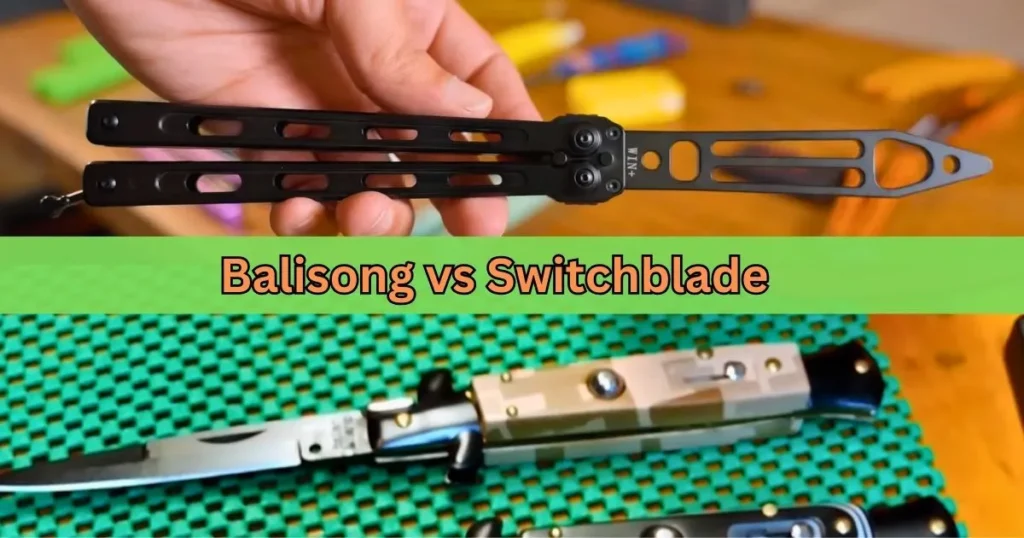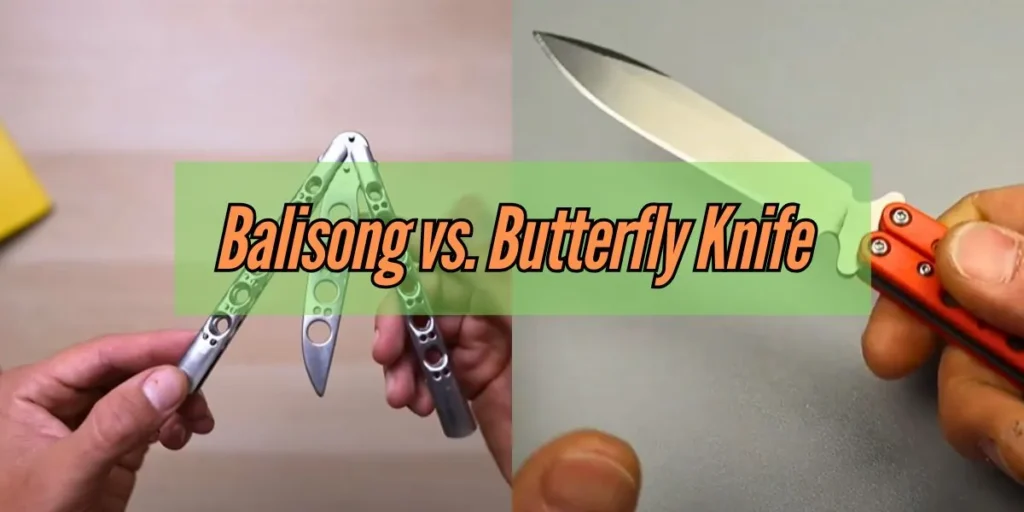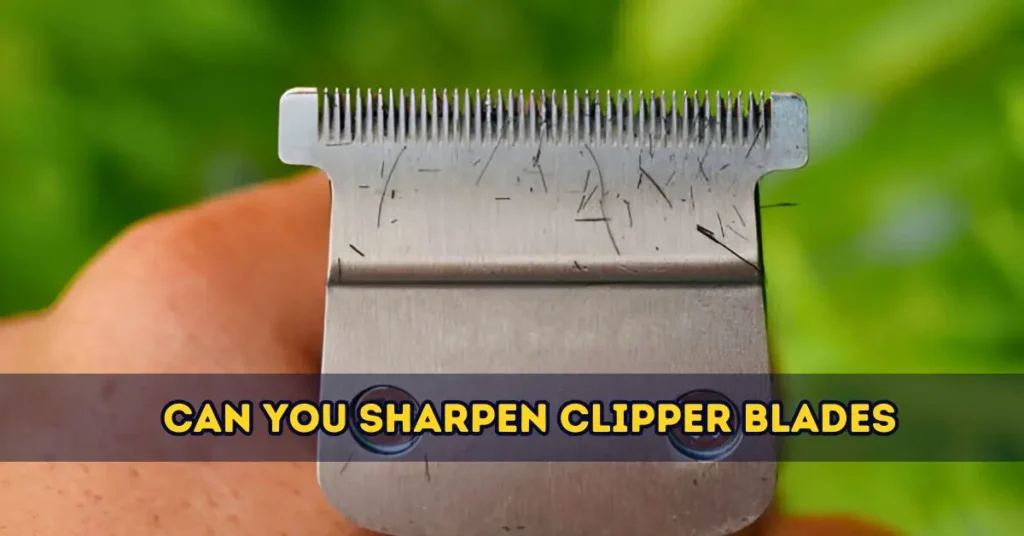What is a Serrated Knife Used for Essential Kitchen Tool
Table of Contents
ToggleA serrated knife is ideal for slicing bread and tomatoes, as it can cut through tough or crusty surfaces.
A serrated knife features a saw-like blade with sharp, jagged edges. This design allows it to grip and slice through hard exteriors without crushing the softer interiors. It is perfect for cutting bread and maintains the loaf’s shape while creating clean slices.

Its versatility is crucial, as it can slice delicate tomatoes without squishing them, cut through cakes, citrus fruits, and meats, and reduce the need for excessive force, making it safer and more efficient. This tool is a must-have in any kitchen for precise, clean cuts.
Introduction To Serrated Knife
Serrated knives are not just a unique kitchen tool; they are versatile. Their jagged edge is perfect for cutting through harsh surfaces, making them essential for professional chefs and home cooks. Mastering these tools can help you cook better and make your time in the kitchen more enjoyable.
Brief History
The serrated knife has a rich and fascinating past. The first serrated blades appeared in ancient times, believed around 3000 BC, and were used for hunting and cutting meat. Over the years, the design evolved, and modern serrated knives, with their unique saw-like blade, became popular in the 20th century. This history and design make them a staple in kitchens worldwide, a fact that will intrigue people and make them appreciate any cooking enthusiast.
Unique Features
Serrated knives have several key features:
- Jagged Edge: Helps cut through harsh surfaces.
- Long Blade: Ideal for slicing bread and tomatoes.
- Durable Design: Stays sharp longer than straight-edge knives.
| Feature | Benefit |
| Jagged Edge | Effortlessly cuts through harsh surfaces |
| Long Blade | Perfect for slicing bread and tomatoes |
| Durable Design | Maintains sharpness longer |
Serrated knives are versatile. They are perfect for slicing bread without crushing it, cutting tough-skinned fruits like tomatoes, and cutting cakes and pastries.
Understanding the unique features of serrated knives is enjoyable and crucial for improving your kitchen experience. With their jagged edge, long blades, and durable design, these knives are a must-have for any cooking enthusiast. This knowledge will make you more skilled and efficient in your kitchen tasks.
Design And Structure
A serrated knife is an essential tool in every kitchen. Its unique design makes it perfect for various tasks. Let’s examine its design and structure to understand its functionality better.

Blade Composition
The blade of a serrated knife has a distinctive saw-like edge. This edge comprises sharp teeth that are ideal for cutting through harsh surfaces. These teeth also help grip and slice through foods with tough exteriors and soft interiors. Common blade materials include stainless steel and high-carbon steel. Both materials ensure durability and sharpness.
| Material | Benefits |
| Stainless Steel | Rust-resistant, easy to maintain |
| High-Carbon Steel | Extremely sharp, durable |
Handle Design
The handle of a serrated knife is equally important. It offers the user a firm grip and better control, which helps prevent accidents and ensures accurate cuts. Handles can be made from wood, plastic, or composite materials, and each type offers distinct advantages that suit various user preferences and needs.
Wood handles offer a traditional look and feel, plastic handles are lightweight and easy to clean, and composite handles combine durability with a comfortable grip. Some handles also feature ergonomic designs, which reduce hand fatigue during extended use.
- Wood handles offer a traditional look and feel.
- Plastic handles are lightweight and easy to clean.
- Composite handles combine durability with a comfortable grip.
Some handles also feature ergonomic designs. These designs reduce hand fatigue during extended use.
Cutting Techniques
Understanding the cutting techniques for a serrated knife can enhance your kitchen skills. This section will explore the best ways to use a serrated knife.
Sawing Motion
A serrated knife excels at a sawing motion. This motion helps cut through tough exteriors like bread crusts and tomatoes.
Hold the knife at a slight angle. Use a gentle back-and-forth motion to reduce the risk of squashing delicate items.
Pressure Control
Proper pressure control is essential with a serrated knife. Too much pressure can tear the food, and too little pressure can make the cut uneven.
Start with light pressure. Gradually increase it as needed. Let the knife do most of the work.
By mastering these techniques, you can use a serrated knife more effectively.
Common Uses In The Kitchen
The serrated knife is a valuable kitchen tool. Its unique design makes it suitable for specific tasks. Let’s explore its common uses.
Bread Cutting
A serrated knife is ideal for slicing bread. Its sharp, jagged edges easily slice through crusty loaves, allowing for clean, even slices without crushing the bread. It makes it ideal for baguettes and artisan breads.

Using a serrated knife for bread also reduces crumbs. The knife’s teeth grip the bread, giving you more control. This ensures that every slice is neat and uniform.
Tomato Slicing
Tomatoes can be tricky to slice with a regular knife. Their thin skin and soft flesh often get squished. A serrated knife handles this task effortlessly. The serrated edge cuts through the skin without damaging the inside.
For perfect tomato slices, use a gentle sawing motion. The knife’s teeth will do the work, giving you precise cuts. This makes it great for salads, sandwiches, and garnishes.
| Task | Benefits of Serrated Knife |
| Bread Cutting | Even slices, less crumbs |
| Tomato Slicing | Clean cuts, no squishing |
Specialised Applications
A serrated knife is not just for bread. Its unique design suits many specialised applications, and the saw-like blade makes it versatile for various tasks. Below are some specialised uses that highlight its importance in the kitchen.
Frozen Foods
Cutting frozen foods can be challenging. A serrated knife excels at this task. The teeth grip and slice through harsh, icy surfaces, cutting frozen meat or vegetables easier.
Here’s a quick overview:
| Food Type | Why Use a Serrated Knife? |
| Frozen Meat | Teeth help break through the icy exterior. |
| Frozen Vegetables | Serrations prevent slipping and ensure a clean cut. |
Delicate Pastries
Delicate pastries require a gentle touch. A serrated knife is perfect for this. The blade cuts through without crushing. This maintains the pastry’s integrity.
Consider these examples:
- Croissants: The knife slices through flaky layers.
- Cakes: Serrations prevent the cake from crumbling.
- Pies: Cuts through crusts without damaging the filling.
Using a serrated knife preserves the texture and appearance of delicate pastries, ensuring your desserts look and taste perfect.
Maintenance And Care
Proper care for your serrated knife is crucial to keep it sharp and long-lasting. Simple steps to maintain your knife’s performance signify your commitment to kitchen tools. Below are some tips and techniques.
Cleaning Tips
Always clean your serrated knife after each use. Use warm water and mild soap, avoiding harsh detergents. Dry the knife immediately with a soft cloth.
- Rinse with warm water.
- Use mild soap
- Avoid harsh detergents
- Dry with a soft cloth
Never put your serrated knife in the dishwasher. The heat and harsh detergents can damage it. Hand washing is always best.
Sharpening Techniques
Serrated knives require special sharpening tools. A ceramic sharpening rod works well. Sharpen each serration individually.
- Use a ceramic rod
- Insert the rod into each serration
- Move the rod back and forth gently
- Repeat for each serration
Do not use a regular knife sharpener. It can damage the serrations. Sharpen your knife every few months or as needed.
Comparisons With Other Knives
Serrated knives have unique qualities that set them apart from other knives. In this section, we’ll compare serrated knives with straight-edge and granton-edge knives. This comparison will help you understand the best uses for each type.
Serrated Vs. Straight Edge
Serrated knives have a toothed blade that easily cuts through harsh surfaces. They are perfect for slicing bread, tomatoes, and citrus fruits. The teeth grip the surface, preventing slippage and ensuring a clean cut.
Straight-edge knives, with their smooth blade, are a breeze to maintain. They excel in tasks requiring precision and clean cuts, such as chopping vegetables, slicing meat, and mincing herbs. The smooth blade allows easy sharpening while maintaining a razor-sharp edge, ensuring your knife is always ready for the next culinary adventure.
| Feature | Serrated Knife | Straight Edge Knife |
| Blade Design | Toothed | Smooth |
| Best Use | Bread, tomatoes | Vegetables, meat |
| Sharpening | Less frequent | Frequent |
Choosing The Right Serrated Knife
Choosing the right serrated knife ensures better performance and safety. Not all serrated knives are created equal. Factors like blade length and brand reputation play crucial roles.
Blade Length
Blade length affects the knife’s functionality. Short blades, about 5-6 inches, are ideal for small tasks. Longer blades, around 8-10 inches, handle more oversized items better.
Consider your kitchen needs. A longer blade works best if you often cut bread, while a shorter blade is more practical for tomatoes or citrus fruits.
Brand Recommendations
Choosing a reputable brand ensures quality and durability. Here are some trusted brands:
- Wüsthof: Known for high-quality German steel.
- Victorinox: Offers affordable yet reliable options.
- Shun: Features elegant design and sharpness.
Each brand has its unique strengths. Wüsthof knives are durable. Victorinox offers excellent value. Shun knives are aesthetically pleasing and sharp.
| Brand | Blade Length Options | Price Range |
| Wüsthof | 5-10 inches | $$$ |
| Victorinox | 6-9 inches | $$ |
| Shun | 7-10 inches | $$$ |
Choose based on your needs and budget. A good serrated knife can last for years. Invest wisely for the best kitchen experience.
A serrated knife has a saw-like blade with sharp, jagged edges.
It cuts through harsh surfaces like bread crusts and tomatoes without squishing them.
Yes, it's great for slicing cooked meats with a crusty exterior.
Conclusion
A serrated knife is essential for any kitchen. It effortlessly slices through bread, tomatoes, and other soft items. This versatile tool can also handle stricter tasks like cutting through crusty loaves and fibrous vegetables. Incorporate a serrated knife into your culinary arsenal for improved efficiency and precision.
Related Posts
-
 17 Dec 2024 KnifeThe Ultimate Guide on How to Date Buck Knives
17 Dec 2024 KnifeThe Ultimate Guide on How to Date Buck Knives -
 17 Dec 2024 KnifeHow Old Is My Buck Knife? A Comprehensive Guide
17 Dec 2024 KnifeHow Old Is My Buck Knife? A Comprehensive Guide -
 16 Dec 2024 KnifeBalisong vs Switchblade: Which Knife Suits Your Needs Best?
16 Dec 2024 KnifeBalisong vs Switchblade: Which Knife Suits Your Needs Best? -
 16 Dec 2024 KnifeBalisong vs Butterfly Knife: What’s the Real Difference?
16 Dec 2024 KnifeBalisong vs Butterfly Knife: What’s the Real Difference? -
 13 Dec 2024 KnifeCan You Sharpen Clipper Blades? A Complete Guide
13 Dec 2024 KnifeCan You Sharpen Clipper Blades? A Complete Guide -
 12 Dec 2024 KnifeCan You Ship Knives Through USPS? A Comprehensive Guide
12 Dec 2024 KnifeCan You Ship Knives Through USPS? A Comprehensive Guide -
 10 Dec 2024 KnifeWhat Grit Whetstone for Kitchen Knives? Expert Tips Inside!
10 Dec 2024 KnifeWhat Grit Whetstone for Kitchen Knives? Expert Tips Inside! -
 07 Dec 2024 KnifeHow Long Can a Kitchen Knife Be Wet? A Practical Guide
07 Dec 2024 KnifeHow Long Can a Kitchen Knife Be Wet? A Practical Guide -
 05 Dec 2024 KnifeHow to Sharpen a Sickle Like a Pro: Expert Tips
05 Dec 2024 KnifeHow to Sharpen a Sickle Like a Pro: Expert Tips -
 05 Dec 2024 KnifeHow to Sharpen Titanium Coated Knife - Expert Tips
05 Dec 2024 KnifeHow to Sharpen Titanium Coated Knife - Expert Tips














